Nestled on Vancouver Island, approximately 246 kilometers away from Victoria, BC, Bamfield is a picturesque small town offering safe harbor on the southern shores of Barkley Sound. Originally established in 1859, Bamfield gained international recognition in the early 20th century when it served as the western endpoint of the inaugural trans-Pacific telegraph cable. This charming town is not only a significant stop for hikers completing the West Coast Trail but also a paradise for kayakers exploring the Broken Island Group in Barkley Sound.
-
Winter fishing in Bamfield is influenced by relentless southeast gales that batter the exposed Pacific coastlines, necessitating anglers to stick close to the sheltered harbor entrance. The months of February and March witness a massive herring spawn along the northern shore of Barkley Sound, particularly in Vernon Bay. This phenomenon lures resident feeder chinook salmon into deep-water sanctuaries.
-
Summer fishing in Bamfield is shaped by its proximity to the Alberni Inlet. Large runs of sockeye from the Stamp/Somass River system, as well as Henderson Lake, and chinook salmon from the Robertson Creek hatchery, traverse Bamfield's waters on their way to the rivers of the Alberni Inlet. Successful fishing largely depends on locating schools of baitfish near rocky island hotspots.
In recent years, pilchards have been making a comeback in the area, and there is evidence to suggest that mackerel, influenced by ongoing El Nino weather patterns, have also initiated spawning activity.
-
Bamfield's waters host all five species of salmon: chinook, coho, sockeye, chum, and pink. The latter three species are primarily mature, migratory fish that make their appearance during the summer months. Sockeye salmon, in particular, thrive in this region, as it combines the Alberni Inlet runs with those from the Fraser River. Chinook salmon offer exciting winter fishing opportunities for resident feeder salmon, typically starting from February to March when the Pacific gales subside. These fish feed on the abundant spawning herring, and anglers can reel in specimens weighing up to 30 pounds annually.
-
Come May, the weather typically calms down enough for anglers to venture to Swiftsure Bank (depending on regulations), where they can find excellent trolling opportunities for early 20-30 pound chinook salmon. Halibut also make their appearance on the Bank at this time and move into inshore areas.
-
As May progresses, the first summer coho salmon arrive, followed by the Port Alberni sockeye salmon. Sockeye salmon linger until early July, at which point successive waves of these fish journey down the Alberni Inlet, headed for Henderson Lake and the Somass River. Coho salmon reach their peak size in mid-September, usually weighing between 15 to 19 pounds.
-
In June, 20-pound feeder chinook salmon make their appearance near the shores. After the initial rush, chinook action picks up again in late July when the summer migratory Robertson Creek chinook salmon arrive. August is the prime month for catching chinook salmon weighing up to 40 pounds, as they generally move from Cape Beale to Diplock and the Rainy Bay areas.
-
During August and September, chum salmon from the Sarita River Carnation Creek hatchery and the Nitinat River pass through the area. The chinook and coho fishing activity tapers off by mid-October when rain triggers the return of these fish to their natal rivers in the Alberni Inlet. Winter fishing then remains dormant until late January, when it recommences with a focus on feeder chinook salmon.
-
For anglers, the choice of lures varies throughout the year:
-
Bait: During the winter months, whole herring or anchovies are favored at depths of 180 to 200 feet, typically without flashers. A slow roll and a 5-6-foot leader are recommended when using flashers.
-
Hootchies: For summer chinook fishing, the preferred hootchies include Army Truck, UV Pearl, and Tiger Prawn squirts, owing to the presence of needlefish. For May feeders, white, white pearl, green and white, or Army Truck hootchies are commonly used, with a 44-inch leader to a flasher. For sockeye, pink plankton squirts (Michael Bait) or pink hootchies on 18-20 inch leaders trolled with a T-10 flasher are the gear of choice.
-
Spoons: G Force, Skinny G, Wee G, and Coho Killers in colors like Gold Nugget, Outfitter, No Banana’s, and Trailhead have proven to be top producers in recent years. Larger spoons such as the Lighthouse Lures Big Eye Spoon in 4 or 5 inches and G Force Spoons in 4 inches are excellent options for winter fishing, especially when trolling at greater depths.
-
Flashers: Winter fishing calls for Big Shooter Mirror Series, Blue/Gold, and Blue Silver flashers. During the summer months, opt for Purple/Gold and Purple Silver flashers.
-
Fishing in Bamfield involves a mix of onshore and offshore experiences, with specific hotspots and strategies:
-
Winter Fishing: During the winter, anglers tend to concentrate their efforts at Swale Rock and Vernon Bay, as these are prime locations where chinook salmon follow the herring spawn. Due to the abundance of large baitfish, using substantial lures trolled at greater depths is recommended.
-
Summer Fishing: Barkley Sound provides a major summer fishery for all five salmon species. Fish tend to gather near rocky shores, especially in areas where needlefish congregate in the surf. Prominent spots include King Edward, Folger, and Bordelaise Islands, as well as off Cape Beale. Seabird Rock offers opportunities for catching lingcod and rockfish. Adventurous anglers seeking sizable chinook salmon can explore Diplock Island, although it presents a challenging, rock-laden channel in August.
-
Summer Sockeye Fishing: During the summer, sockeye salmon typically school in mid-channel and make their way to the entrance of the Alberni Inlet. Anglers should target depths of 45 to 75 feet and consider adding extra flashers to their downrigger lines, stacking rods and flashers for improved success.
-
Swiftsure Bank: Located 25 miles from Bamfield harbor or 22.5 miles from Cape Beale, Swiftsure Bank is an ideal destination for anglers seeking to catch early 20-30 pound chinook salmon. Halibut also migrate to this area, both on the bank and in nearby inshore waters.
-
Nitinat Bar and Lake: Situated 13 miles southeast of Bamfield, Nitinat bar and lake are renowned for offering a significant tyee chinook fishery in late August. However, these remote and potentially dangerous locations warrant the use of a fishing guide. Anglers are strongly advised not to venture offshore without essential electronics such as a depth sounder, radar, VHF radio, and a global positioning system. Keeping an ear on the weather channel is also crucial for safety.
-
Bamfield, with its stunning natural beauty and diverse fishing opportunities, is a true angler's paradise. Whether you're chasing chinook, coho, sockeye, chum, or pink salmon, this tranquil island town offers a wealth of angling experiences.

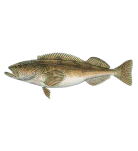
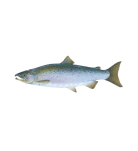
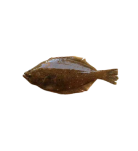
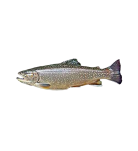
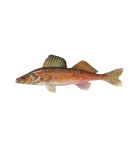
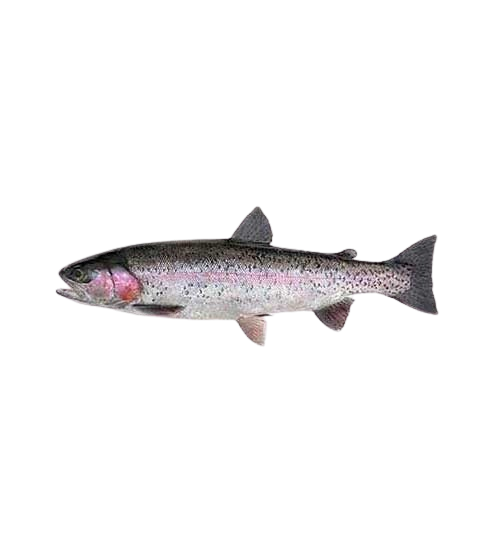
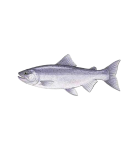
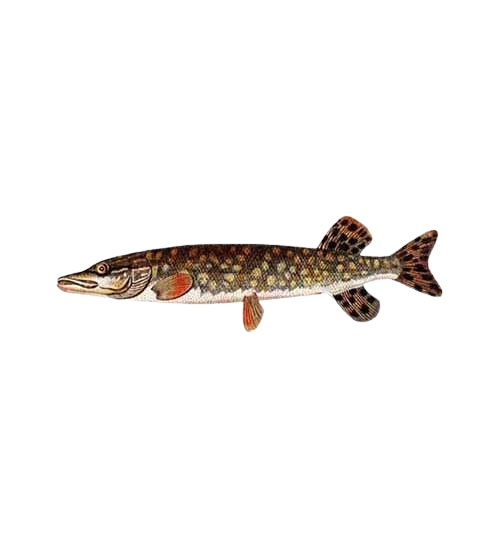
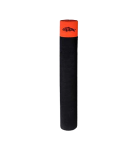
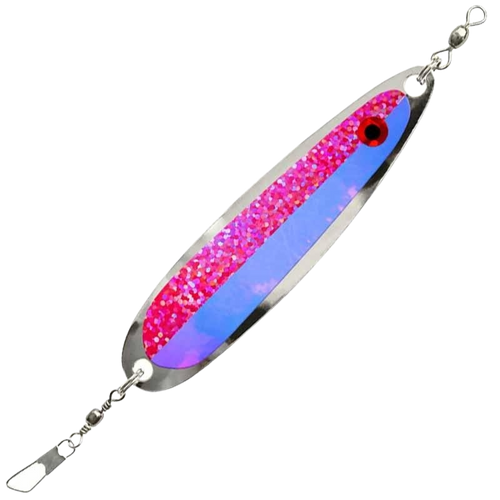
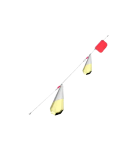
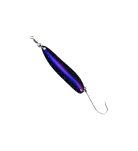
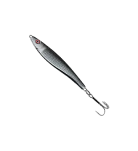
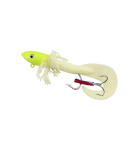
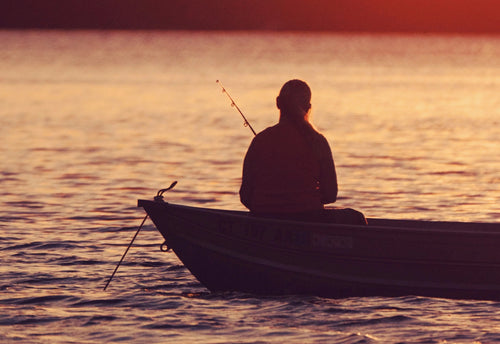
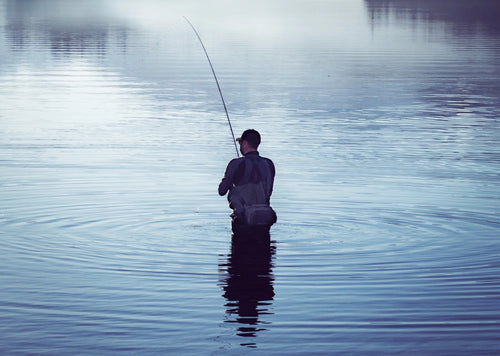
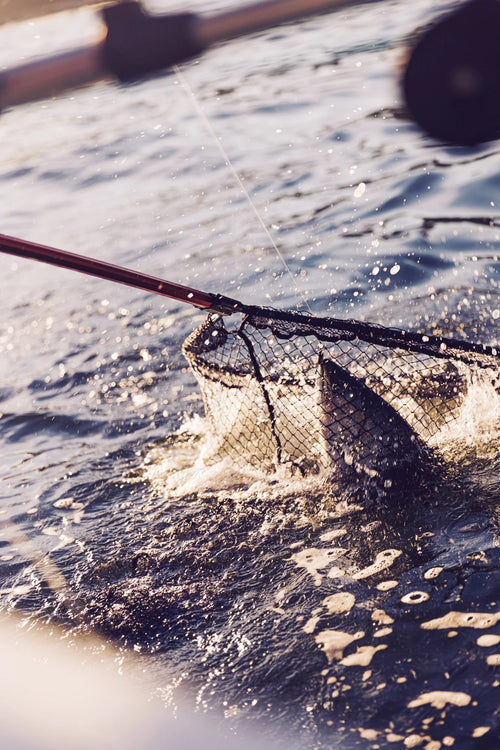
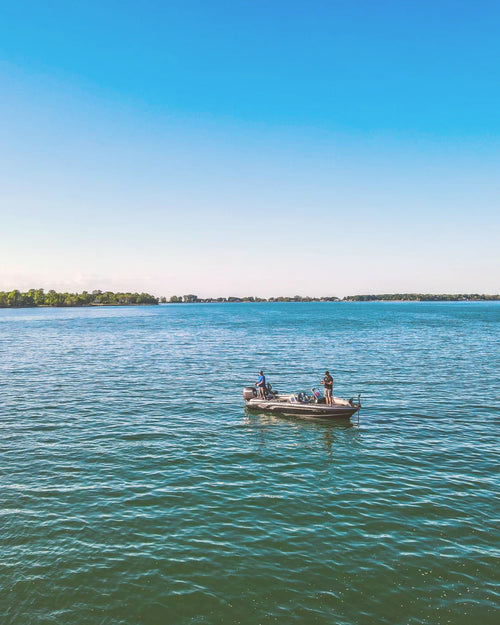
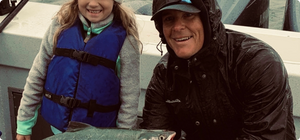
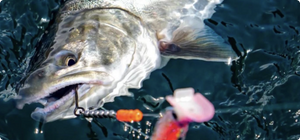
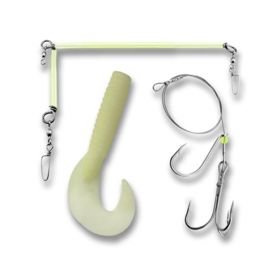
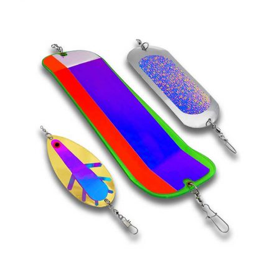
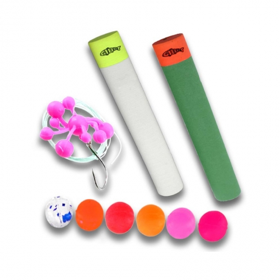
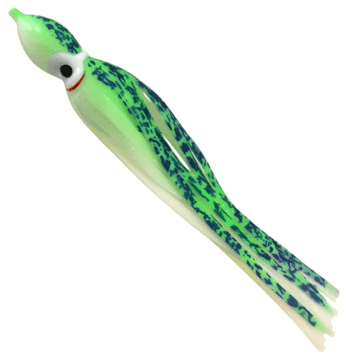
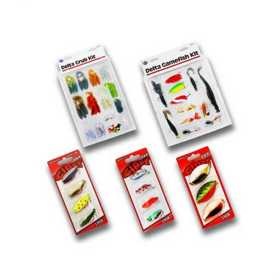
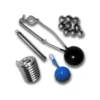
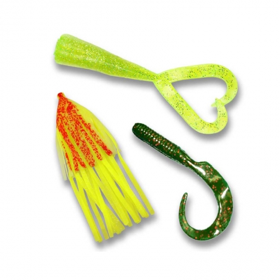
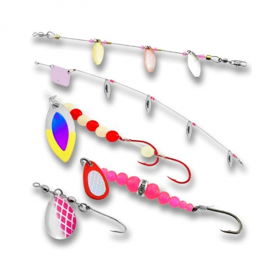
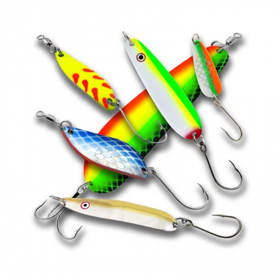
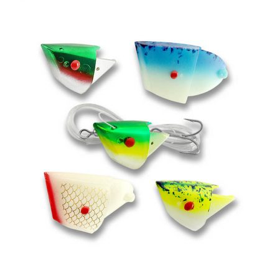
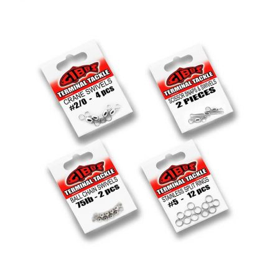
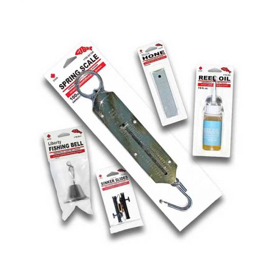
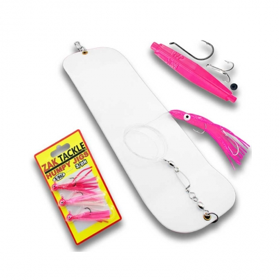
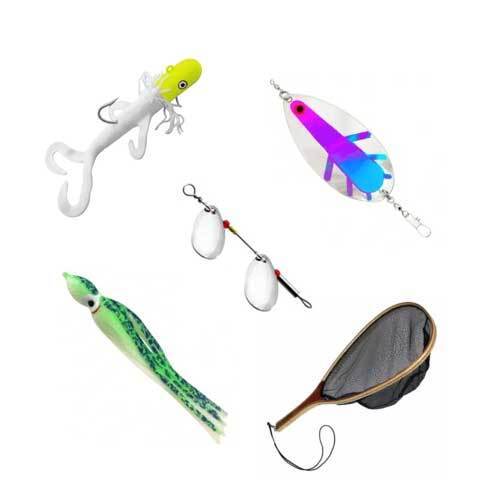
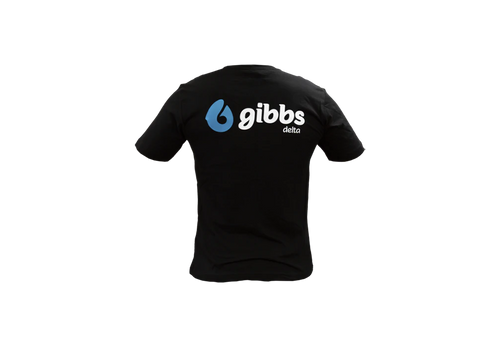
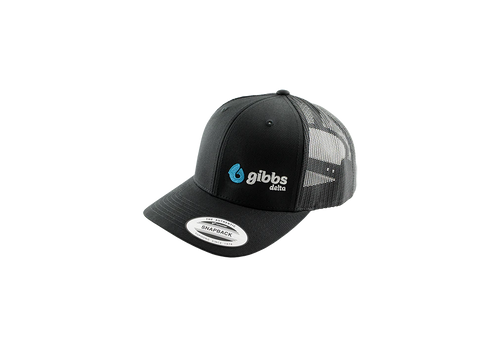
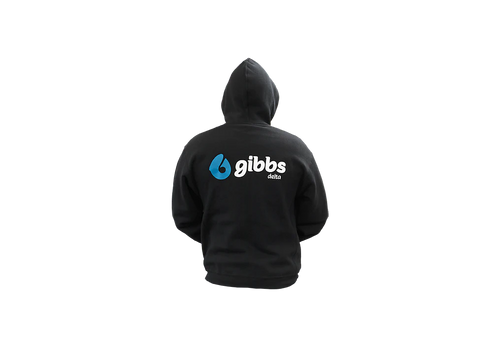
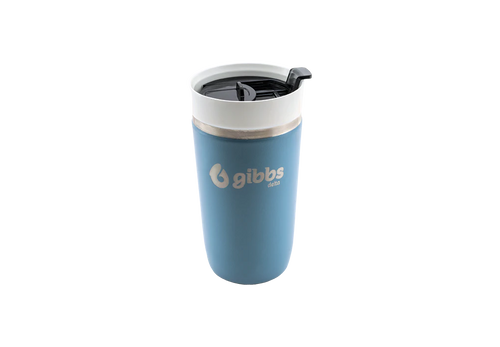





Leave a comment